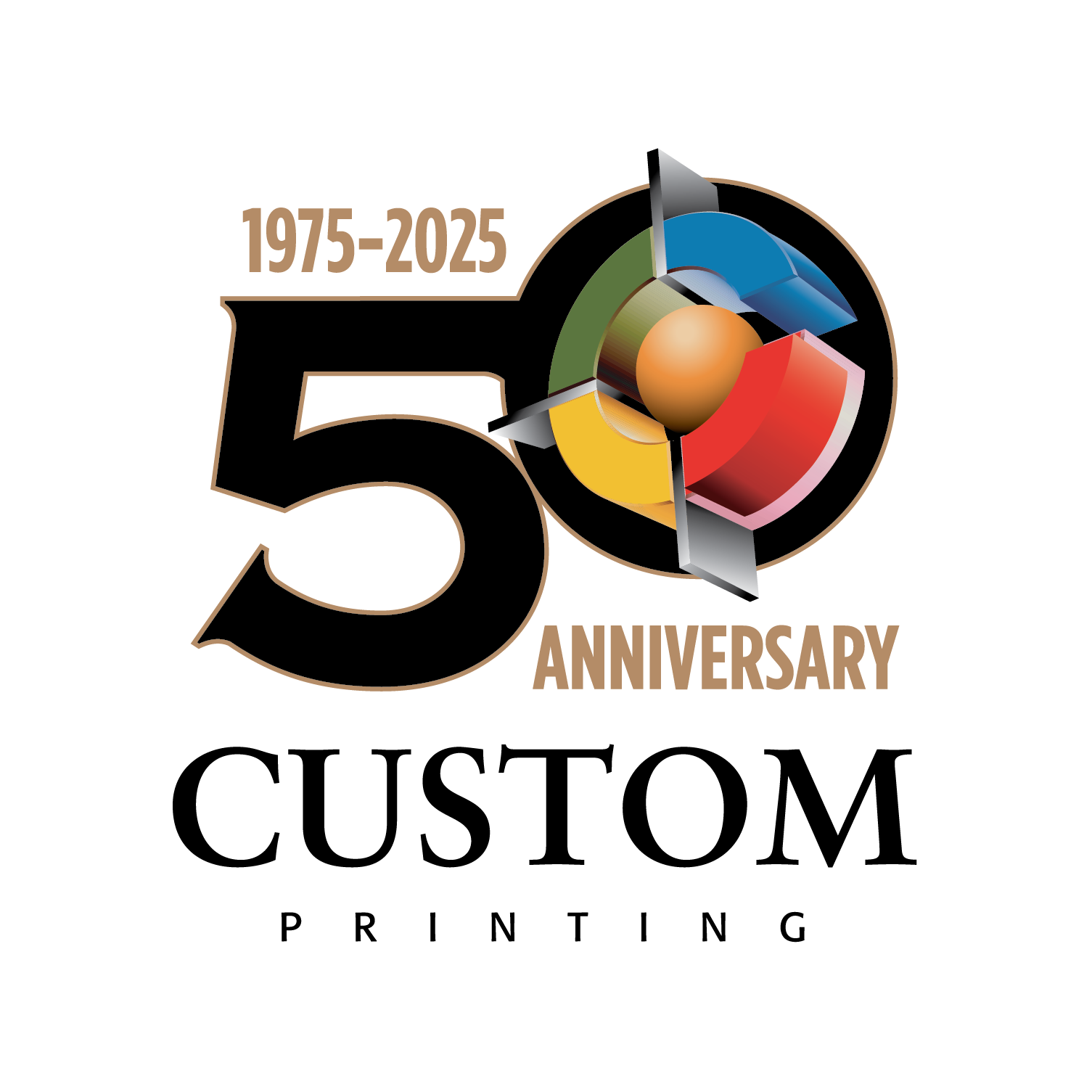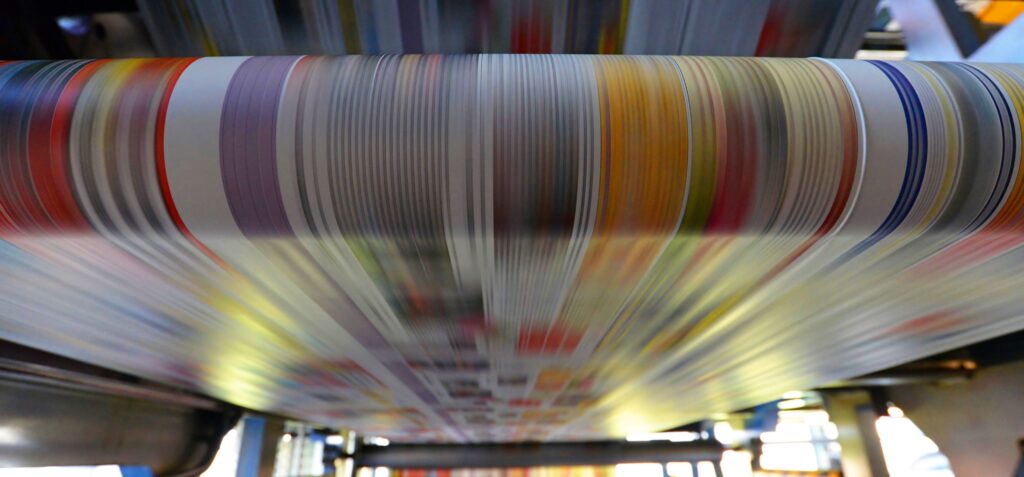Catalogues are a vital part of any retailer’s marketing strategy. Whether your company has never produced a catalogue before, or if your customers eagerly await your catalogue season after season, you’ll want to think about incorporating some of these ideas, courtesy of Custom Printing.
1. Spend time and money on the cover.
The cover is the first thing that a potential customer will see. It is often the only factor that will determine whether or not they will open the catalogue or throw it in the trash. Spend as much time as you can on the design of your cover, and be sure to allocate a significant portion of your budget towards this part of your catalogue. Consider using thicker paper, foil embossing or other textures, and a lot of color to get the attention of potential customers. Many manufacturers and retailers even create multiple covers for the same catalogue in order to customize the look for different demographics of customers.
2. Save money on the interior, but don’t get too cheap.
The paper that can be used on the inside of the catalogue can utilize cheaper paper and graphics, but don’t completely neglect this part of the catalogue. While every page doesn’t need to catch the attention of every person, there does need to be enough interest generated to keep a potential client reading.
That means that while it probably isn’t necessary to pour time into the design of every page, there does need to be some interest generated to keep a reader turning pages. Specifically, each item needs a good description and image; it’s the only way that a potential customer will be introduced to a new product, and often a key component of their decision to order.
3. Your binding makes a difference.
A catalogue’s binding will make a lot of difference in how your publication is handled by a customer. Cheap binding, especially on large catalogues, will cause the pages to fall out. While higher-quality bindings are more expensive, they are ideal for larger catalogues (typically those over 120 pages), and for catalogues that are meant to be referenced for several years. A manufacturing parts catalogue that will need to sit on a factory desk for several years while being exposed to multiple climate conditions will want to have a strong binding. A seasonal catalogue for a retail consumer, however, may not need to have such a strong binding.
Higher-quality bindings are also recommended for catalogues showing higher-end products. In particular, luxury goods that are being marketed to high-income customers should have a catalogue that looks and feels expensive. A newsprint catalogue with a simple glue binding will not convey the message that the products being sold are worth the extra money.
4. Pay attention to deadlines.
As you put together your catalogue, make sure that you’re tracking tech deadlines put in place by your printer. Print shops have a lot of clients, and there is a limited amount of time that the machines can run. There is often no way to “squeeze in” an extra job without upsetting the orders of numerous clients. That means that if you miss a publishing deadline, the only way that your catalogue can be printed is to request (and pay for) a rush order, or to accept that the catalogue will be printed late. Unfortunately, catalogues can rarely be pushed back, especially if they’re for seasonal products. Keep your marketing team well aware of the deadlines. A smaller catalogue is often a better choice than a late one.
5. Consider the limits of your printer.
The commercial offset printing shop that you choose should be upfront and honest with you about what they can and cannot produce. That means that they should be able to tell you immediately if a creative idea you have is possible to produce with their equipment. If they cannot create something, you need to change the scope of the catalogue. For example, a print company that cannot produce die-cut pages should not be used if having a unique shape to your catalogue printing is crucial to your marketing plan.
One of the most common issues that tend to come up is deadlines. While we discussed the issue of keeping up with them earlier, it’s also important to decide if a print shop’s deadlines will work for you before signing a contract. If a shop cannot produce a catalogue in the time frame you need, it will be necessary to either design the catalogue to a product that can be produced faster, or you need to find a new print shop. Contact us today as your first choice!


